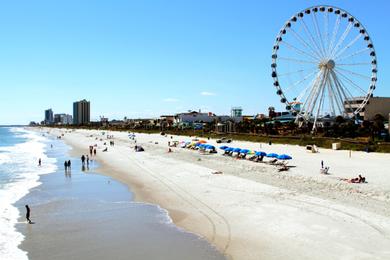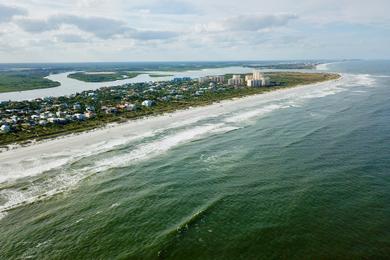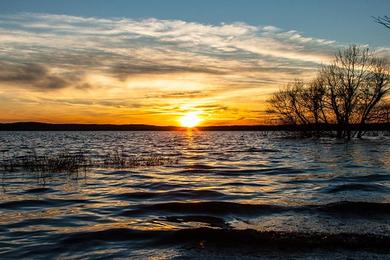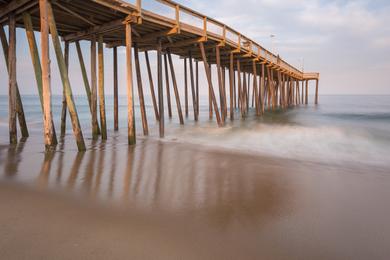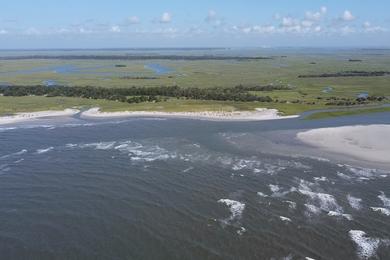Overview
Blacktip sharks are characterized by their distinctive black tips on their dorsal, pectoral, and anal fins. They are distinguished from similar species, such as the spinner shark, by their shorter snout and the absence of a prominent white stripe along their flanks.
Commonly found in:
- Australia
- Bahamas
- Brazil
- Egypt
- Fiji
- India
- Indonesia
- Malaysia
- Mexico
- Mozambique
- South Africa
- Sri Lanka
- Thailand
- United States
- Vietnam
Over the past 80 years, there have been 121 recorded attacks by blacktip sharks. Of these attacks, they have occurred at sea and at the following beaches:
Size and Weight
- Size: Males average between 4.3-5.2 feet when mature; females average between 4.6-5.5 feet when mature
- Weight: Males typically weigh 40-85 pounds; females typically weigh 45-90 pounds
- Swimming speed: Both sexes can reach speeds of up to 12 mph
Interaction with Humans
- Interaction with Humans: Generally shy, but may bite if startled or confused
- Avoidance: Stay out of shallow coastal waters, avoid areas with bait fishes
- Activity: Most active during dawn and dusk
Lifespan and Diet
- Lifespan: Males live approximately 10-12 years; females live approximately 13-15 years
- Diet: Primarily small fish, hunts by chasing and snapping at prey in short bursts
Migratory Patterns
Blacktip sharks exhibit seasonal migration patterns. They typically move northward along the Atlantic coast of the United States during spring and summer, starting from Florida and traveling as far north as North Carolina. In the fall and winter, they return southward to warmer waters, with many congregating in coastal areas of Florida, particularly around the Gulf of Mexico. Some populations also migrate between inshore and offshore waters seasonally.


